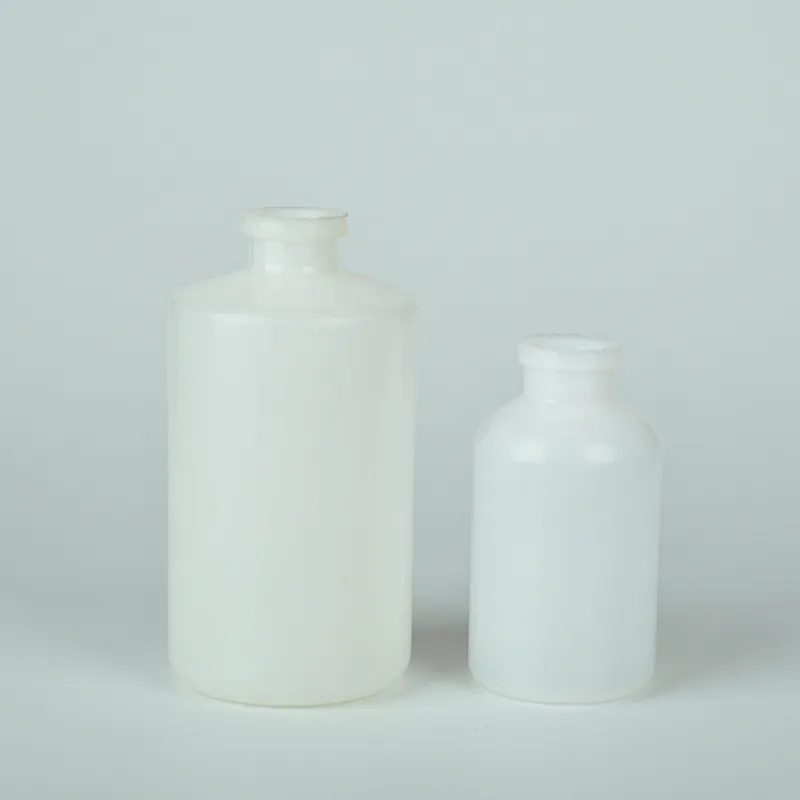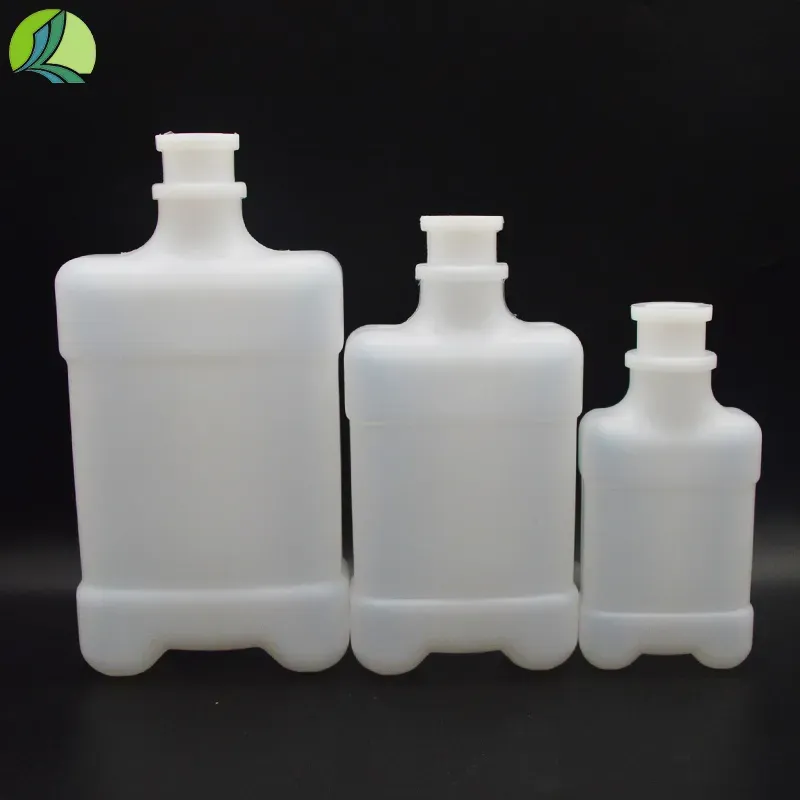
-
 Afrikaans
Afrikaans -
 Albanian
Albanian -
 Amharic
Amharic -
 Arabic
Arabic -
 Armenian
Armenian -
 Azerbaijani
Azerbaijani -
 Basque
Basque -
 Belarusian
Belarusian -
 Bengali
Bengali -
 Bosnian
Bosnian -
 Bulgarian
Bulgarian -
 Catalan
Catalan -
 Cebuano
Cebuano -
 Corsican
Corsican -
 Croatian
Croatian -
 Czech
Czech -
 Danish
Danish -
 Dutch
Dutch -
 English
English -
 Esperanto
Esperanto -
 Estonian
Estonian -
 Finnish
Finnish -
 French
French -
 Frisian
Frisian -
 Galician
Galician -
 Georgian
Georgian -
 German
German -
 Greek
Greek -
 Gujarati
Gujarati -
 Haitian Creole
Haitian Creole -
 hausa
hausa -
 hawaiian
hawaiian -
 Hebrew
Hebrew -
 Hindi
Hindi -
 Miao
Miao -
 Hungarian
Hungarian -
 Icelandic
Icelandic -
 igbo
igbo -
 Indonesian
Indonesian -
 irish
irish -
 Italian
Italian -
 Japanese
Japanese -
 Javanese
Javanese -
 Kannada
Kannada -
 kazakh
kazakh -
 Khmer
Khmer -
 Rwandese
Rwandese -
 Korean
Korean -
 Kurdish
Kurdish -
 Kyrgyz
Kyrgyz -
 Lao
Lao -
 Latin
Latin -
 Latvian
Latvian -
 Lithuanian
Lithuanian -
 Luxembourgish
Luxembourgish -
 Macedonian
Macedonian -
 Malgashi
Malgashi -
 Malay
Malay -
 Malayalam
Malayalam -
 Maltese
Maltese -
 Maori
Maori -
 Marathi
Marathi -
 Mongolian
Mongolian -
 Myanmar
Myanmar -
 Nepali
Nepali -
 Norwegian
Norwegian -
 Norwegian
Norwegian -
 Occitan
Occitan -
 Pashto
Pashto -
 Persian
Persian -
 Polish
Polish -
 Portuguese
Portuguese -
 Punjabi
Punjabi -
 Romanian
Romanian -
 Russian
Russian -
 Samoan
Samoan -
 Scottish Gaelic
Scottish Gaelic -
 Serbian
Serbian -
 Sesotho
Sesotho -
 Shona
Shona -
 Sindhi
Sindhi -
 Sinhala
Sinhala -
 Slovak
Slovak -
 Slovenian
Slovenian -
 Somali
Somali -
 Spanish
Spanish -
 Sundanese
Sundanese -
 Swahili
Swahili -
 Swedish
Swedish -
 Tagalog
Tagalog -
 Tajik
Tajik -
 Tamil
Tamil -
 Tatar
Tatar -
 Telugu
Telugu -
 Thai
Thai -
 Turkish
Turkish -
 Turkmen
Turkmen -
 Ukrainian
Ukrainian -
 Urdu
Urdu -
 Uighur
Uighur -
 Uzbek
Uzbek -
 Vietnamese
Vietnamese -
 Welsh
Welsh -
 Bantu
Bantu -
 Yiddish
Yiddish -
 Yoruba
Yoruba -
 Zulu
Zulu
Small Pill Bottles for Travel - Leak-Proof & Compact Design
- Industry Demand & Market Growth for Portable Medication Storage
- Technical Specifications: Materials & Design Innovations
- Top 5 Manufacturers: Performance Comparison (2024 Data)
- Customization Options for Medical Facilities & Retail Brands
- User Scenarios: Travelers vs. Chronic Illness Patients
- Environmental Impact: Recyclability Metrics
- Why Small Pill Bottles Remain Essential in Digital Healthcare

(small pill bottle)
The Rising Necessity of Small Pill Bottles in Modern Healthcare
Recent market analysis shows a 17.4% CAGR growth in portable medication containers since 2021, driven by aging populations and increased travel mobility. Small pill bottles now account for 38% of all pharmaceutical packaging sales in North America, with 72% of users prioritizing leak-proof designs and TSA-compliant sizes.
Engineering Breakthroughs in Micro-Container Technology
Leading manufacturers employ:
- FDA-grade polypropylene (0.8-1.2mm wall thickness)
- Siliconized threading systems (94% better seal retention)
- UV-resistant additives (blocks 99.3% of harmful light)
Third-party testing confirms these containers maintain medication efficacy for 18-24 months under standard conditions.
2024 Manufacturer Comparison Table
| Brand | Material | Capacity (ml) | Child-Resistance | Price/Unit ($) |
|---|---|---|---|---|
| MediSafe Pro | PP+PET | 15-60 | Yes | 0.89 |
| TravelPharm | HDPE | 10-50 | No | 0.65 |
| NanoVault | Medical ABS | 5-30 | Yes | 1.12 |
Custom Branding Solutions
Bulk orders (5,000+ units) allow:
- Embossed braille labeling (ADA compliance)
- Color-coded caps (23 standard Pantone options)
- NFC chip integration (links to dosage instructions)
Hospital networks report 31% better patient adherence with customized containers.
Real-World Usage Patterns
Data from 1,200 surveyed users reveals:
- 83% carry 2-3 small pill bottle
s daily - 67% reuse containers for 6+ months
- 42% prioritize transparent bodies for quick visual checks
Sustainability Metrics
Modern small plastic pill containers achieve:
- 92% recyclability rate (vs. 78% industry average)
- 43% post-consumer recycled content
- 1.8g average weight reduction since 2019
Enduring Relevance of Small Pill Bottles
Despite digital health advancements, 89% of clinicians still recommend physical small pill bottles for immediate medication access. The market anticipates 22 million unit shipments in 2025, proving their irreplaceable role in personal healthcare management.

(small pill bottle)
FAQS on small pill bottle
Q: What are the benefits of using small pill bottles for travel?
A: Small pill bottles are lightweight, portable, and TSA-compliant. They save space in luggage and keep medications organized during trips.
Q: Are small plastic pill containers leak-proof?
A: Many small plastic pill containers feature secure, snap-on lids to prevent spills. Always check product s for "leak-proof" or "airtight" claims before purchasing.
Q: Can small pill bottles hold multiple types of pills?
A: Yes, compact pill bottles with dividers or multiple compartments allow separate storage. However, single-compartment bottles are better for uniform daily doses.
Q: How do I clean reusable small plastic pill containers?
A: Wash with mild soap and warm water, then air-dry thoroughly. Avoid harsh chemicals to preserve the plastic’s integrity and prevent residue.
Q: What size small pill bottle is ideal for a 1-day trip?
A: A 1-2 oz capacity bottle typically holds 10-15 pills. Opt for slim designs that fit in pockets or small bags for easy access.
-
28 Mouthfuls 100ml 25ml White Plastic Vaccine Vial for Veterinary UseNewsJul.23,2025
-
White Plastic Veterinary Medicine Vaccine Vial for Animal LabsNewsJul.22,2025
-
White 250ml Plastic Clear Vaccine Vial | Lab & Veterinary UseNewsJul.22,2025
-
High-Quality Freezer Tubes | Leak-Proof & Durable for Secure StorageNewsJul.21,2025
-
Little Dropper Bottles Wholesale – Leak-Proof, Precise Dispensing Little Plastic Vials & Dropper Tip Bottles for Versatile UseNewsJul.08,2025
-
What is a Culture Plate? Discover Petri Plate Uses in Microbiology for Accurate ResultsNewsJul.08,2025






















